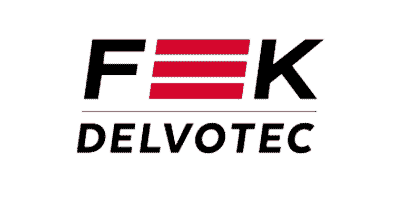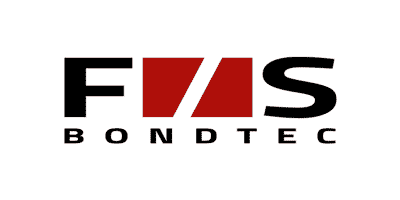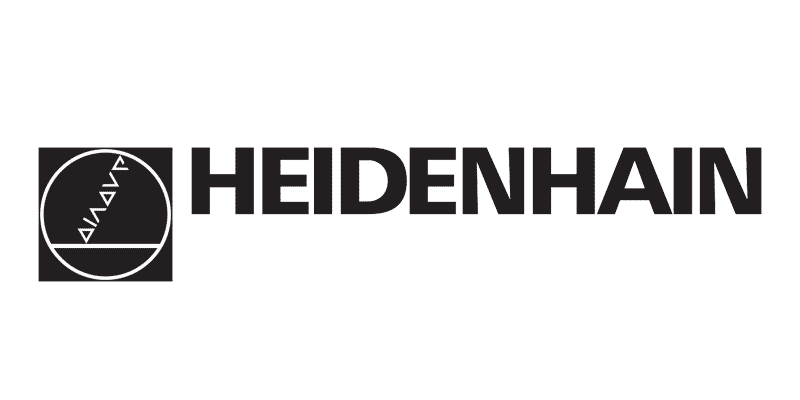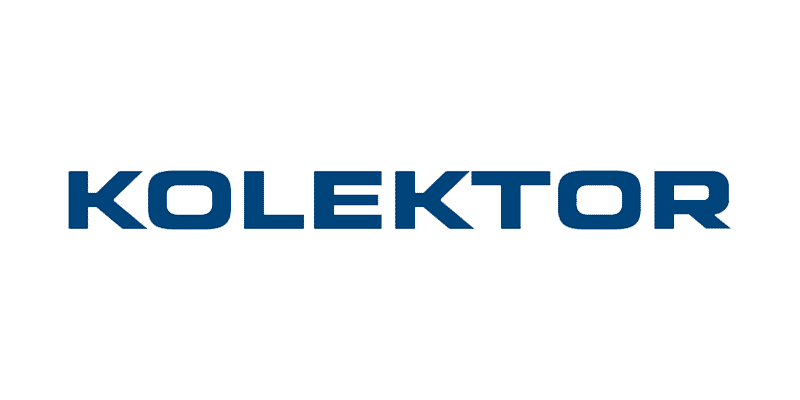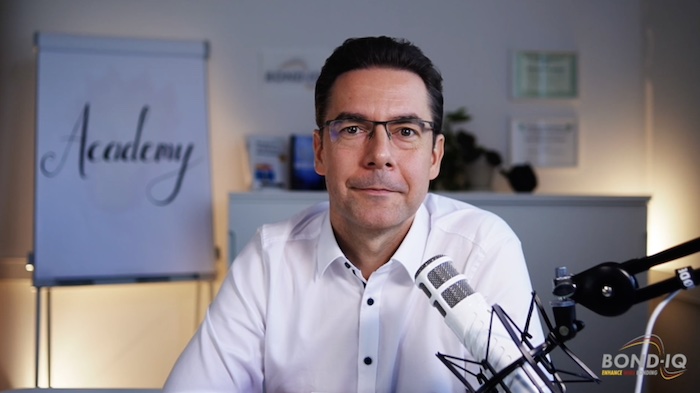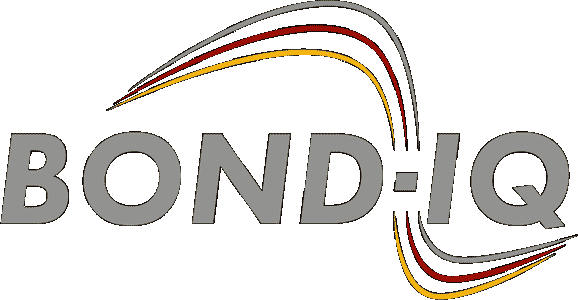For more than 30 years, companies have been pushing for a standardized document for bonded surfaces. No one has done it. It would be illogical and almost incomprehensible not to take this opportunity now, when it is within our grasp and the solution is needed more than ever. Broad participation and solid funding are essential because we have this opportunity now and we want to get it right.
Waiting for a standard and then having to implement it has two major disadvantages:
- You fall behind developments. You have to catch up
- You have missed your chance to shape a standard in your favor.
New standards are expected to introduce new methods (test methods, measurement systems, procedures). Implementing these in the short term can be difficult if special investments and training are required, or if the right partners for the corresponding test methods have to be found first. Collaboration on a standard allows the necessary preparation and networking with partners to take place in advance.
Are you a provider/supplier of surfaces, materials, metrology or cleaning processes? If your special surface or method is mentioned or even recommended in a standard, this is an important business building block for your sales in the medium and long term.



